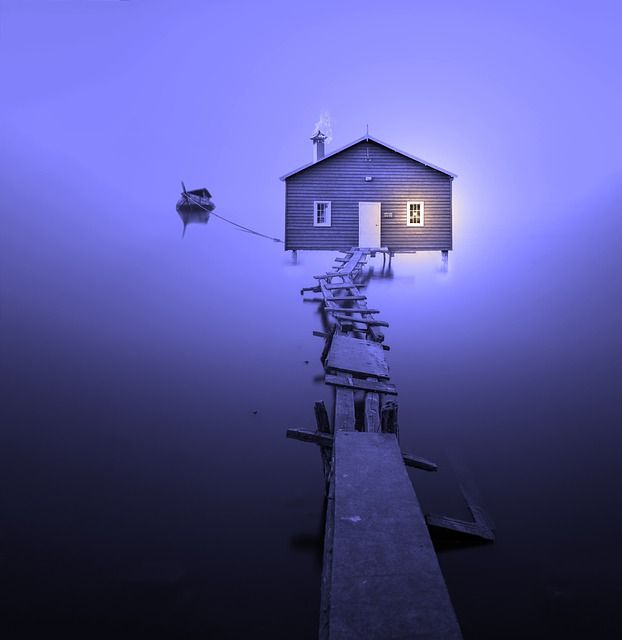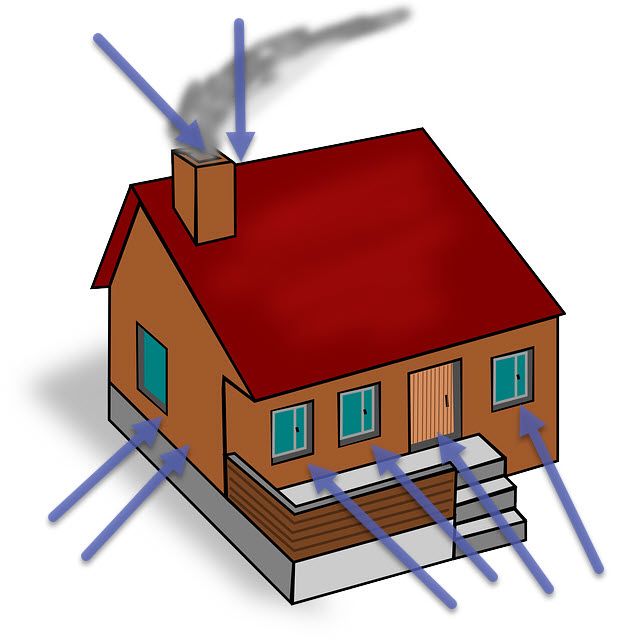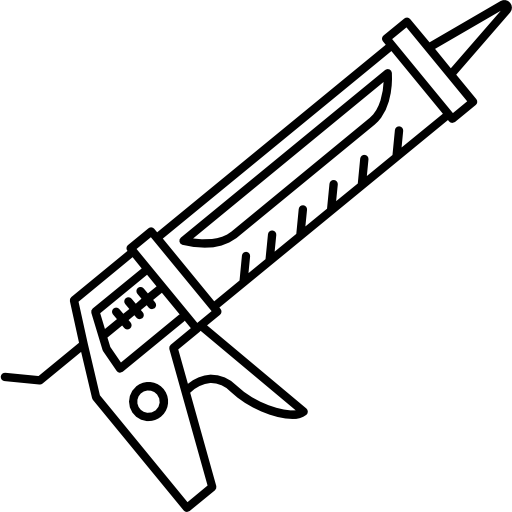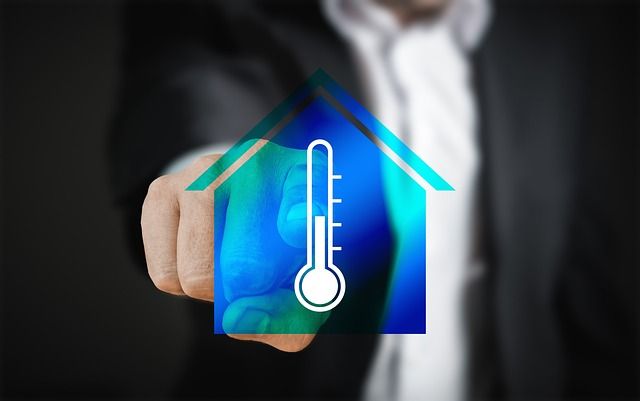Avoid the draft(s) this winter
Winter's here! Whether you're jumping for joy or in tears, you can take some simple steps to reduce how much it costs to heat your living quarters this winter. Read on and learn more.

Winter has been poking around my neck of the woods, and I suspect yours too. Time to batten the hatches or tighten them to lower energy use and their accompanying bills.
In this war on winter, your enemy is drafts and leaks. Sure, cold temperatures are on the list, but the pesky cracks in your fortifications let the cold temps suck the warmth out of your home and body.
New use for incense
Early on in my energy efficiency career, I came across a page on the EPA's website suggesting you walk around your house with a stick of burning incense. Drafts would move the smoke toward the leak, helping you identify the locations needing weather sealant.
I wish I had kept that URL because it no longer exists. That doesn't mean it's not a bad idea. If fact, it borders on genius; okay, maybe just clever. Anyway, grab your favorite incense, light it up and look for leaks. This technique works best on a breezy day. Use the small sticky notes to mark the leaks, simplifying the task of finding them again.
Here's a bonus! If you have a supernatural presence in your home and you'd like them to move on, burn white sage instead. Clear out the haints and locate the drafts at the same time.
Areas prone to leaks

Obviously, doors and windows are the biggest offenders when it comes to leaks. If you prefer not to use the incense approach, close the doors on a sunny day and look for daylight around the door—seal gaps with weather stripping.
You can find drafts around windows with just your hand and a bit of wind. Move your hand around each window an inch or so from the surface. You'll be able to feel air moving where there's a leak. We have older windows in our home, so I like to use the 3M clear window film kits to seal the entire window, especially those on the second story.
Tip: Because they work so well, I leave them in place year-round on windows we rarely open.
This next source of leaks often surprises folks, outlets, and switches in exterior walls. On that windy day, hold your hand over the outlets and switches. You may find a happy little breeze sneaking in through the outlet.
You can easily block most of the leak with foam gaskets made for this exact purpose. I do not recommend using crazy foam to fill around the switches and outlets. Yes, the foam won't catch fire from heat or electric arcs, and it will seal everything far better than the flat foam gaskets. However, it makes working on your electric system horrendous. Trust me; I had to do it in our townhouse down Raleigh way.
Caulking
Caulking around the doors and windows may be the most effective way to stop drafts. Reglazing old windows can also help, but the window film appeals more to me because it's faster, and I don't have to climb any ladders to reach upper-story windows.
Use a high-quality exterior latex caulk and run a bead around every edge of windows, doors, light fixtures, and electrical outlets. If you've caulked before or a previous owner did, you might be able to touch up areas where the caulking has separated from the house or door/window frame. Removing loose and damaged caulking is essential to get the best seal.
Start with a good-quality caulk gun. You don't have to go nuts, but something between $10 and $15 should suffice. You can go whole hog and buy a cordless model from someone like Ryobi or Rigid if you're inclined to spend $60 and $140, respectively.

Your caulk gun should have the following features at a minimum: a built-in nozzle cutter and a puncturing tool to create a hole in the aluminum seal beneath the nozzle. This feature is a long piece of wire under the tube housing. Sometimes they go missing in shipping and handling, so make sure it's there.
Hint: The nozzle cutting feature doesn't work that well, in my experience. It is closer to a nozzle mangler. So, I recommend using a utility knife for a clean cut.
Tip: Cut the nozzle at an angle, about 45o, and leave the opening small, say 3/16th of an inch. You can control a smaller bead better than a larger one. And, if you aren't getting enough caulk, you can cut a bit more off the nozzle. Get it too big, and you'll be chasing caulk for the rest of the tube.
Apply the caulk and use a smoothing tool like your finger. Work in small sections so you don't waste the caulk. As you smooth, the excess caulk builds up ahead. Redistribute it to the next section.
Don't be a drip
Caulk guns have a helpful little habit of continuing to discharge caulk even if you are not applying it at the moment. The guns use a notched piston to advance a plunger into the tube of caulk. It keeps a steady pressure on the caulk so it flows freely. However, it can flow too freely, say at times when you lay it aside to smooth the bead. To release the pressure, rotate the handle 90o and pull back until you see the caulk stop coming out. Then lay it aside with a rag or paper towel under the nozzle, just in case.
Layers are cheaper than gas or electric energy
Cooler houses are healthier, or so I read on the internet. That means it must be true, right? Seriously, cooler temperatures are healthier, but not everyone enjoys a chill in the air while inside their home. So, consider adding layers of clothing before turning the thermostat up. I am quite comfortable at 63 - 68 degrees and enjoy wearing my favorite sweaters.
Tip: If you can see your breath inside your home, you've turned the thermostat down too low. Nudge it back into a civilized range; no need to get all medieval with it.

CenterPoint Energy Winterization Tips
As I started putting this article together, it dawned on me that my natural gas utility might have some handy winterization tips. Lo and behold, CenterPoint Energy, previously known as Minnegasco, does indeed offer quite a few heating tips. Their writing style isn't nearly as fun and readable as mine (ha-ha) but persevere; they provide excellent tips!
Energy Savings - Heating, Furnaces & Boilers
Home heating is the biggest energy user for Minnesota homes. Small habit changes and efficiency improvements can quickly add up to save you hundreds of dollars every year.
General Heating Tips:
- Stop drafts and air leaks with caulking and weather stripping; you could save 40 percent from your energy bill!
- Add insulation to attics and basements if they don't meet recommended levels.
- Use air humidifiers for added comfort, health, and energy savings. Learn more about the benefits of home humidifiers.
- Open drapes and blinds on sunny days. Close them at night to help insulate your home.
- Install storm windows (if your house has them) for the heating season.
- Cover drafty windows with a clear plastic sheet or film and seal them to your interior frame.
- Use registers to direct warm air across the room, maximizing your comfort. Ensure they are not blocked and remain free of dust.
- Avoid relying on electric space heaters to heat your home – they're much less efficient than furnaces or boilers. Natural gas fireplaces and stand-alone gas stoves are efficient supplemental heating options.
Note: Check out my post on the proper use of electric space heaters. You knew a natural gas utility would pan electric heating options!
- Fireplaces should be serviced annually to ensure safe efficiency. At HSP, we offer a comprehensive gas fireplace tune-up and safety check.
Furnace & Boiler Tips:
- Schedule a furnace or boiler tune-up so your heating system will run efficiently and safely.
- Change or clean furnace filters once a month during the heating season.
- Set the thermostat to 68 degrees (58 degrees when you are away).
- Use programmable thermostats & smart thermostats to increase energy efficiency.
- Replace old equipment with an energy-efficient furnace or boiler. At HSP, we offer free in-home consultations to homeowners interested in buying a furnace or boiler.
- Almost half of all HVAC systems are improperly installed (Department of Energy). Incorrect installations can increase heating and cooling bills by as much as 30 percent! Even worse, a botched furnace installation could expose your family to carbon monoxide – a colorless and odorless gas that kills about 430 people yearly.
For additional info, check out this slick Home Heating Infographic and these Fall and Winter Energy-Saving Tips from the U.S. Department of Energy.
Get free weather stripping and sealing goods
Contact your local natural gas and electric utilities if you'd like to score some free products for weather sealing. Many have programs that provide homeowners with sealing materials free of charge. In this case, free isn't free; you pay for it in your utility bill every month. Still, it's free, as in nothing out of pocket and far better than a sharp stick in the eye.

Free in-home energy audits
Many utilities offer free in-home energy audits using approved contractors or trained utility employees. There are a couple of caveats to going this route.
- Only use a company approved by your utility to perform these audits or utility employees.
- Be prepared for the audit to tell you your house needs substantial improvements. Don't fret; pick the low-hanging fruit.
Note: Window replacement should be the last thing you do because they have the worst ROI of any home improvement. Stick with window film.
- Only sign up for a free audit. Not because I'm cheap but because I'm Scottish.
Your tax dollars funded the EPA to develop this slick and helpful infographic. It tells you what to expect during a professional energy audit, from the tools the auditor will use to what they check.
Saving money on your heating bill can be fun
Yeah, I am easily amused if I include weatherization and energy use reduction on my fun list. However, I do like the savings and helping reduce wasteful energy use. Join me and keep some of your hard-earned loot in your pocket.
